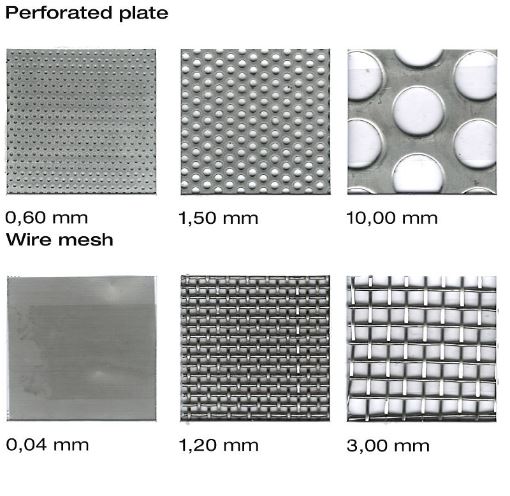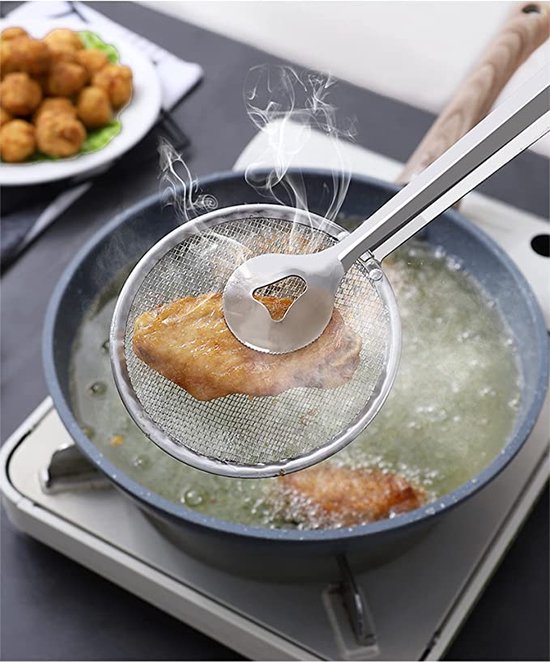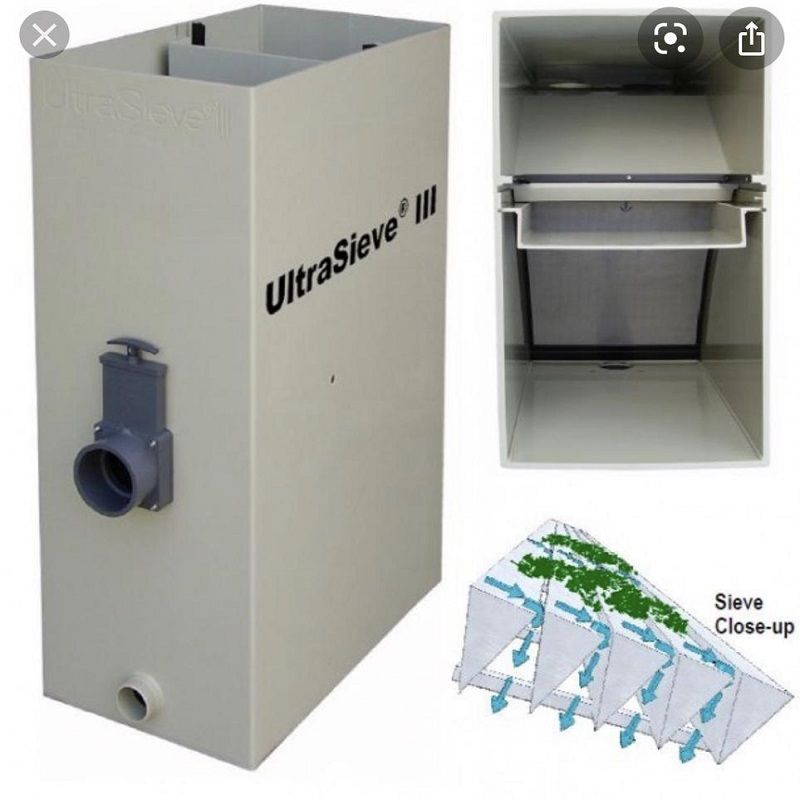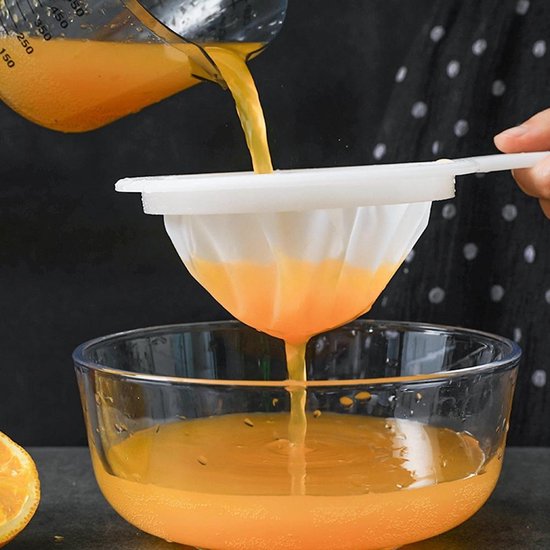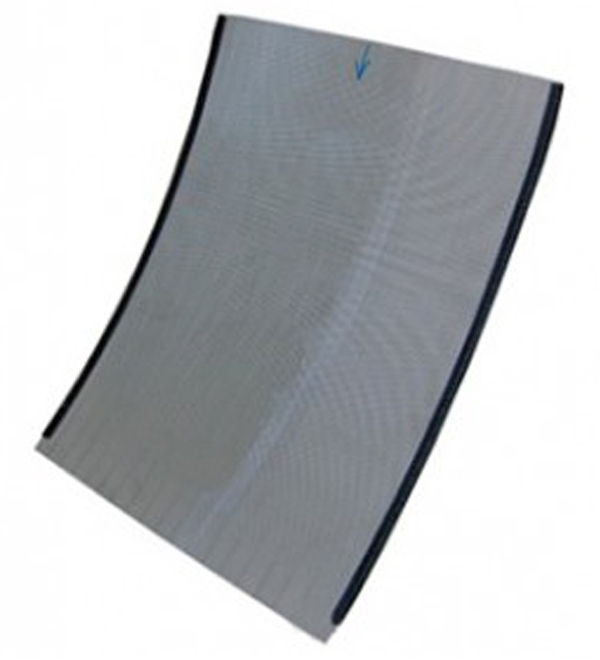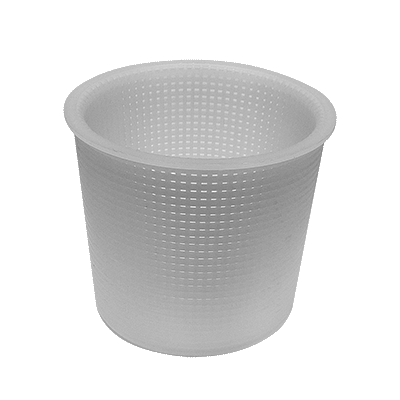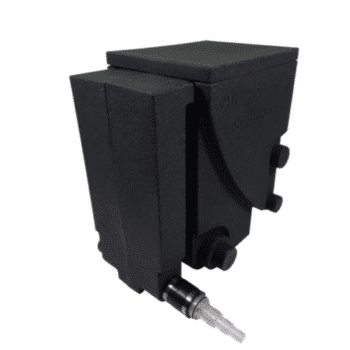
Kemper ERS - FÄN / dubbele zeef v. diagonaal filter, figuur 605 00 DN100, 1 1/2" aandrijving, Verkoop per: 1 x 1 stuk - E31206050010000, 2451168, 5845164 - Techniekwebshop.nl

1 pc Rvs Olie Rooster Vergiet Keuken Filter Mesh Lekkage Knoedel Sojamelk Zeef Filter Lek Mesh Ei wit Separator Meel Zeef Bakken Tool - Temu Belgium

HCHW Sink Strainer Silicone Sieve Kitchen Sink Filter Mesh Fillers For Hair Gootsteen Zeef Things For Kitchen Accessories - AliExpress

Nylon kegelvorm Honing Filter Mesh Bijenteelt Honing Zeef Filter Netto Enkele Laag Bijenteelt Gereedschap Insect Levert

1PC Sink Strainer Silicone Sieve Kitchen Sink Filter Mesh Fillers For Hair Gootsteen Zeef Things For Kitchen Accessories | SHEIN USA

300 Mesh Fijn zeef filter Keuken trechter filters 13cm trechter insert voor het filteren van likeur, frituurolie, vruchtensappen | Fruugo NL

HunterBee Honing Rvs Dubbele Bee Zeef Honing Puin Zeef Filter Bijenteelt Extract Gereedschap : Amazon.nl: Zakelijk, industrie & wetenschap

1PC Sink Strainer Silicone Sieve Kitchen Sink Filter Mesh Fillers For Hair Gootsteen Zeef Things For Kitchen Accessories | SHEIN USA

1PC Sink Strainer Silicone Sieve Kitchen Sink Filter Mesh Fillers For Hair Gootsteen Zeef Things For Kitchen Accessories | SHEIN USA

